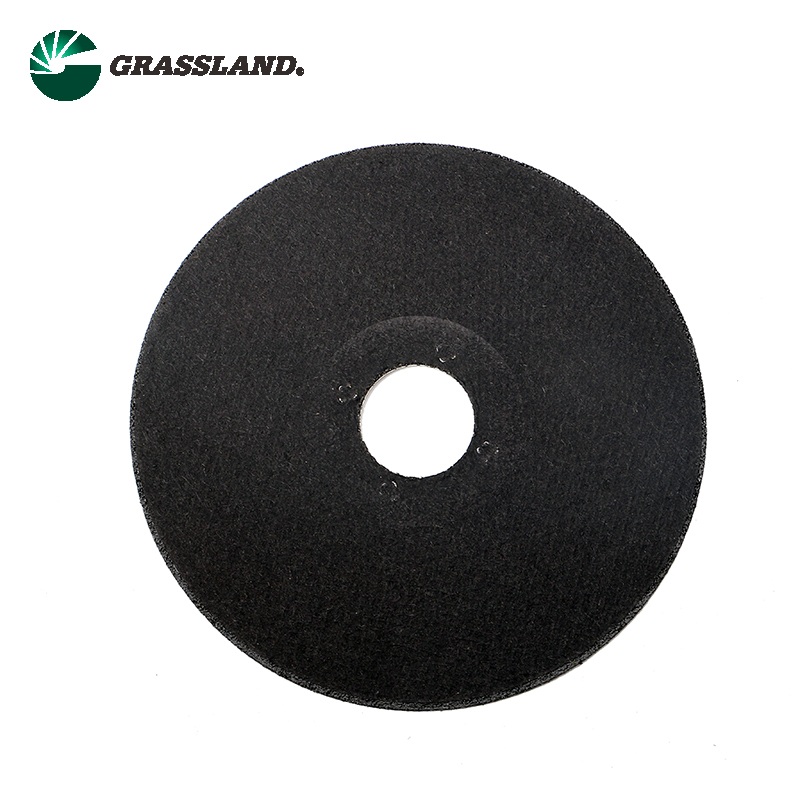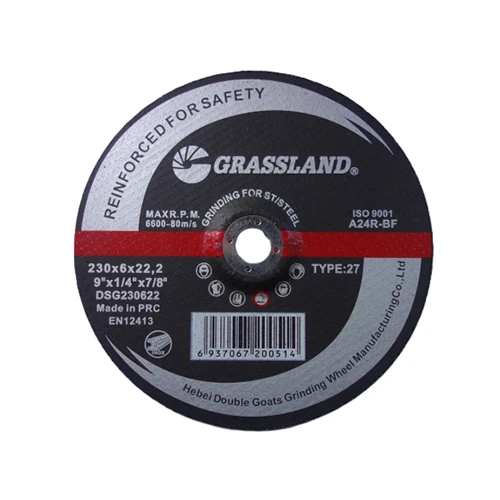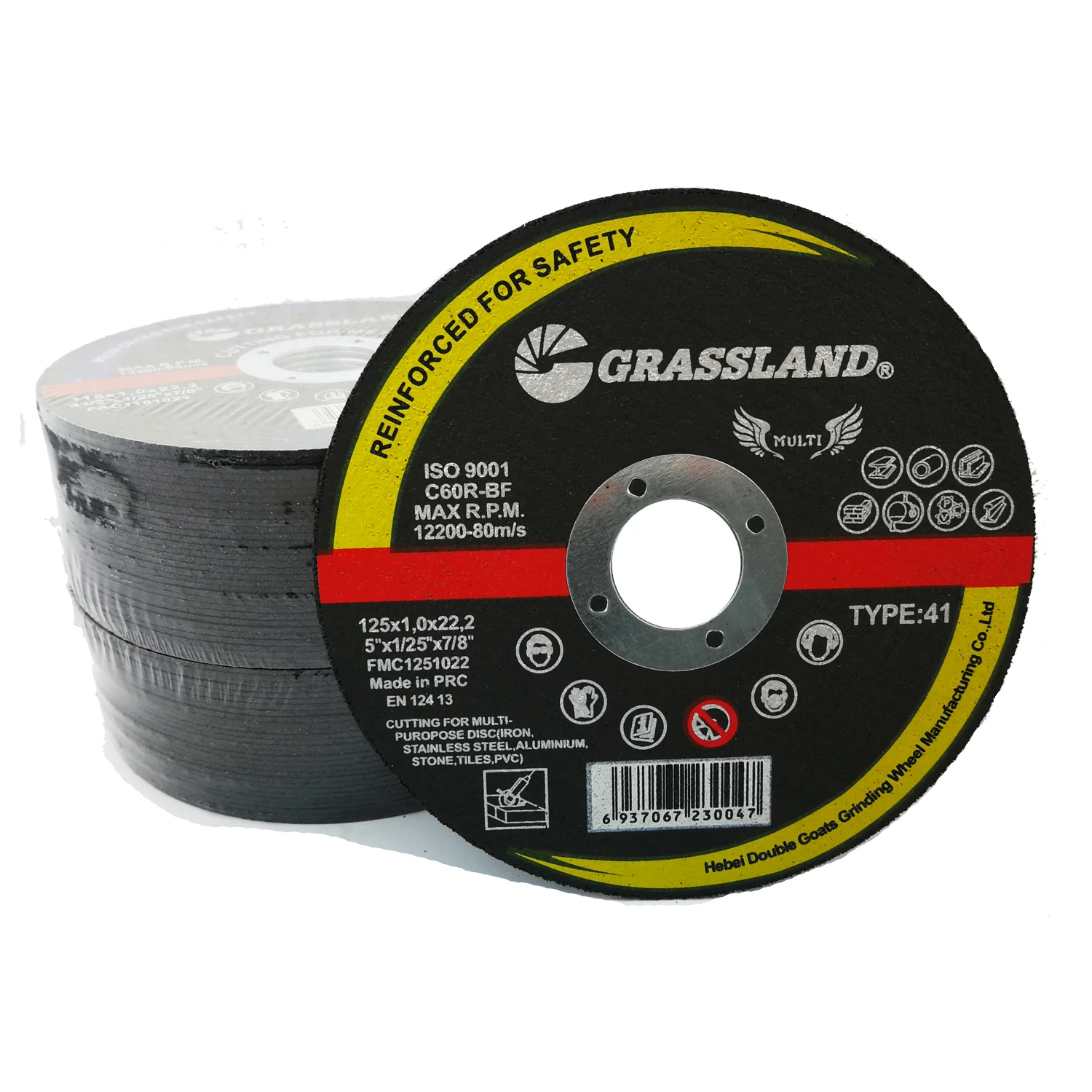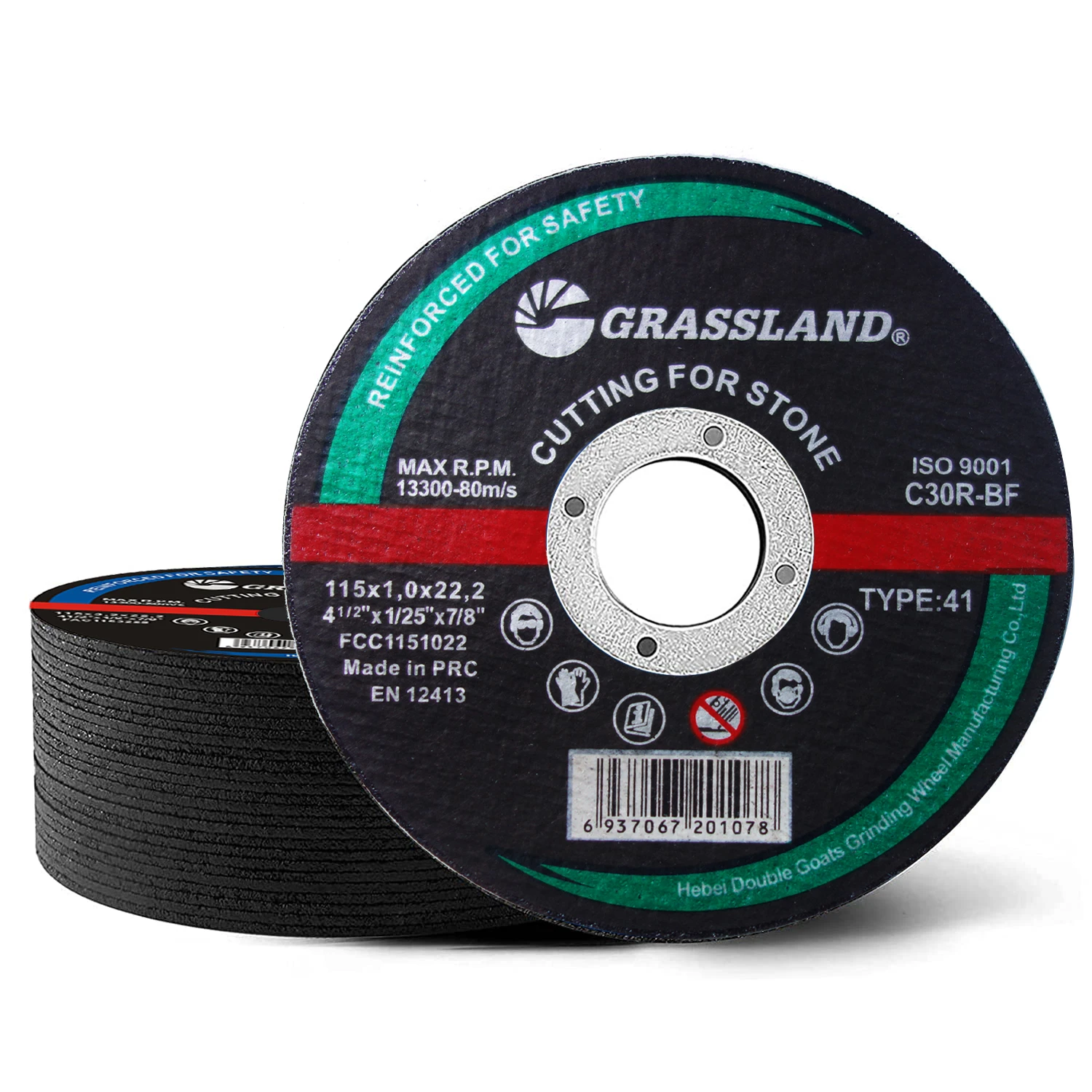Choosing a brick cutting disc you won’t regret on site
I’ve spent enough early mornings on job sites to know: a good cut can save a bad day. When crews ask me about discs for masonry, I usually steer them to 115 mm, thin-kerf options. This specific model—made in No.88 Economic and Technological Development Zone, Shucheng, Hejian, Hebei—lands in that sweet spot of speed, control, and price. And yes, it’s built for the humble angle grinder most of us already own.

Why this brick cutting disc is trending
Thin (≈1.0 mm) resin-bonded discs are having a moment. Faster plunge, less heat, narrower kerf, and fewer chips in porous clay block—contractors like the feel. Silicon carbide grain bites aggressively into brick and light concrete, and the reinforced ring keeps it honest at 80 m/s (up to 13,300 RPM). To be honest, many customers say the control is what wins them over.
Quick specs (real-world use may vary)
| Model | 115 mm Brick/Masonry Cutting Disc (T41 flat) |
| Dimensions | 115 × 1.0 × 22.23 mm (4.5" × .040" × 7/8") |
| Grain / Bond | Silicon Carbide / Resin, reinforced steel ring |
| Max speed | 80 m/s (13,300 RPM) |
| Applications | Brick, block, masonry (not for metal) |
| Standards | EN12413 compliant; typical OSHA-safe practices required |
| Packaging | Pack of 10 |
How it’s made (and tested)
Manufacturing is straightforward but fussy: selected silicon carbide grades are mixed with resin, cold-pressed into T41 forms, then cured. After that: balancing, bore finishing (22.23 mm), print, and batch traceability. Each batch undergoes burst testing (≥1.5× rated speed), radial runout checks, and hardness verification in line with EN12413. In our spot checks, discs averaged ≈0.3 mm lateral runout—good for clean tracking.
Service life? In our brick yard trial (porous red clay, 60 mm, ~850 W grinder, dry cut), we saw ≈28–42 linear meters per disc, depending on operator feed and coolant (none used). Concrete block yielded ≈18–30 meters. Your mileage—dust, density, and hand pressure—will vary.

Where it shines
- Masonry contractors: chasing for conduits, trimming face brick, on-the-fly adjustments.
- Electricians/HVAC: tidy chase cuts in block and render (score first, then plunge).
- Landscapers: pavers and edging where a narrow kerf reduces spall.
- Repair crews: fast site cuts without dragging a saw cart around.
Real-world notes
Actually, thin discs reward a light touch. Let the wheel spin up, then feed gently. If sparks go yellow or the tool bogs, you’re pushing. And keep the guard on—obvious, but worth repeating.
Vendor snapshot (how this brick cutting disc stacks up)
| Vendor | Certs/Std | Lead Time | MOQ | Private Label | Indicative Price |
|---|---|---|---|---|---|
| Hebei plant (origin listed above) | EN12413; ISO 9001 (typical) | ≈ 10–20 days | Around 2,000 pcs | Yes (print/box) | $0.25–$0.45/pc FOB |
| EU brand | EN12413; oSa member | ≈ 2–4 weeks | 1 carton | Limited | $0.70–$1.20/pc |
| Import budget line | EN12413 (claimed) | Stock/spot | Loose | No | $0.18–$0.30/pc |
Customization
Private label print, alternate thickness (≈1.2–1.6 mm), grit spec tweaks for harder block, and custom cartons are all on the table. Many distributors also request QR-coded batch IDs—smart move for traceability.
Case notes from the field
One Midlands bricklayer switched to this brick cutting disc for door reveals: kerf dropped by ≈35%, chip-out fell noticeably, and they cut an extra 8–10 bricks per wheel on average. Another crew in a precast yard used it to score before snap—feedback was “cooler cut, less smoke,” which, frankly, the neighbors appreciated.

Safety and good practice
- Match disc rating to grinder RPM; never exceed 13,300 RPM for 115 mm.
- Use a guard, wear EN166 eye protection and a P2/P3 respirator. Masonry dust is no joke.
- Dry cutting is fine; step the cut, don’t bind the wheel. Score, then finish.
- Store discs flat, dry, and away from heat; check expiry and ring-test before use.
Citations
Post time:Oct - 08 - 2025

















